
Although modern cars are much more effectively protected against rust due to the use of resistant materials and protective coatings, no car is completely safe from this deadly killer. What starts as a small brown patch can quickly spread and turn into a much bigger problem. The longer you wait, the more it will eat away the body and chassis of your vehicle, leading to expensive repairs or an unfixable mess. For this reason, rust prevention is a critical part of car maintenance that every car owner should pay attention to.
What causes rusting?
Rusting occurs when iron or a material containing iron is exposed to moisture, causing oxidation. This reaction produces iron oxide (rust). The rate at which car parts rust often depends on a range of factors, including the age of the vehicle, the climate, alloy elements, and heat treating processes.
If the car is driven and stored in a cold, wet or humid environment, the risk of rust increases due to exposure to rain, snow, sleet and ice. The road salts used to melt snow contaminants also accelerate the rusting process when they dissolve in water.
Paint acts as a protective layer on the body, however, over time it gets chipped and the protective coating breaks down leaving the body exposed to moisture and contaminants. Older cars are typically more susceptible to rust as they are made from less resistant materials and don’t have as much protection against corrosion.

Warning signs
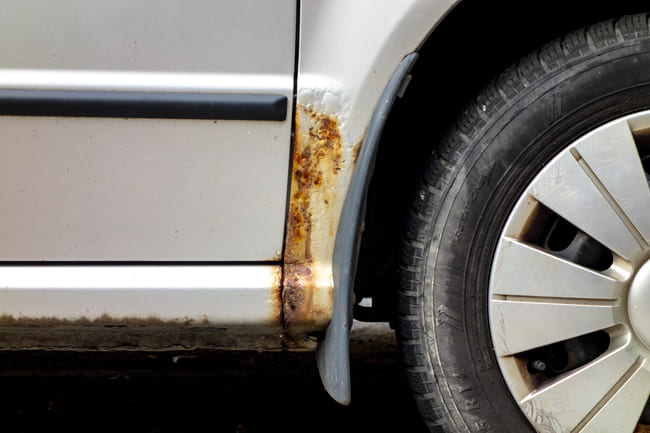
The 3 types of rust
There are three types or stages of rusting which vary in terms of severity and aggressiveness. Identifying which stage the corrosion is at should help you to find the right solution for removing or fixing it.
How to remove surface rust from a car
The essentials The procedureImportant: Make sure to do this in a well ventilated area while the car is parked on a flat surface such as a driveway or garage. Paint fumes can be toxic.

- Remove the rust, paint and primer
This can either be done by hand starting with a coarse 80 grit sandpaper and wire brush, or done using an angle grinder and disc. Using a machine will be more effective at removing stubborn layers and save time. Sand carefully and thoroughly for a smooth finish. For removing rust from hard-to-reach areas or crevices, you can use a wire brush to remove the rust and grime. Alternatively, you may choose to use a rust remover which can be applied with a paint brush or rag. However, the product’s instructions should be followed carefully so that no damage is done to the vehicle or person repairing it. Clean the area to remove dirt and metal shavings, then make sure it is completely dry before proceeding with the next step. - Section off the area
Use the tape and paper to section off the area that needs to be primed and painted so that the rest of the surface is protected. - Apply the primer
First will need to use an etching primer or one that is suitable for direct contact with the metal. Spray the primer evenly and in thin layers and then leave it to dry. After the first coat, use a wet sanding method to make sure that the surface is smooth and the edges are evened out. It is better to use a fine grit sandpaper (400) for this step. Clean the area and let it dry before applying the second coat. Once this coat is dry, use a wet piece of 600 grit sandpaper to smooth it out again before applying one more coat of primer. You may choose to top this with a surfacing primer for added protection. - Spray on the base coat
Usually car surfaces only need two to three coats of base paint for a good, even coverage. Make sure to keep the coats thin to avoid dripping. Once dry, you can also use a rubbing or polishing compound to give it a glossier finish. This may also help you to blend the new paint in with the original paint. - Apply a clear coat
For the final step, you can apply an additional clear coat of paint which may help the paint to last longer by providing added protection against UV rays and harsh climates.
Removing scale rust involves extra steps as it often leaves tiny holes in the metal. These must be filled in before being painted over.





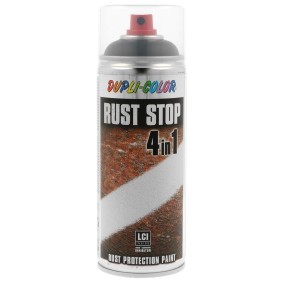





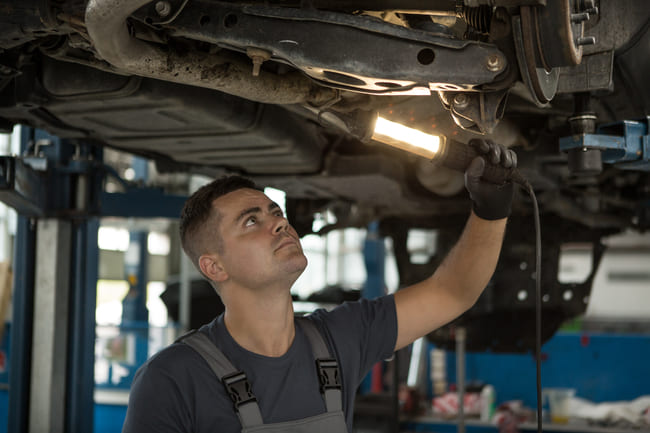

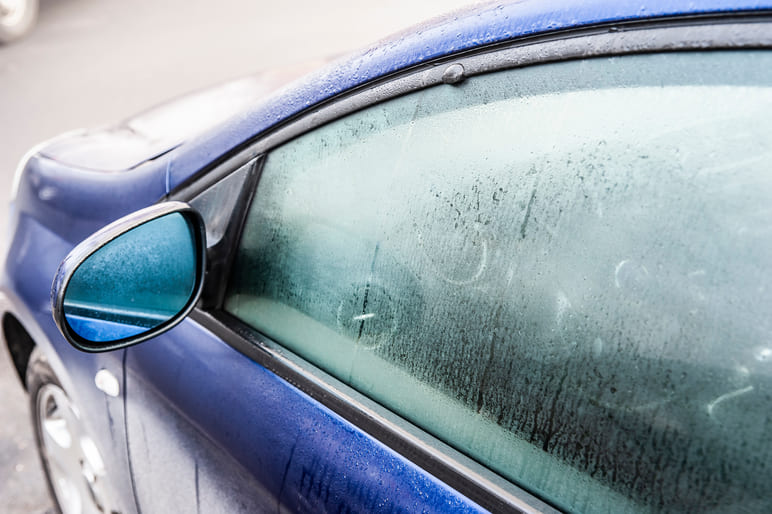
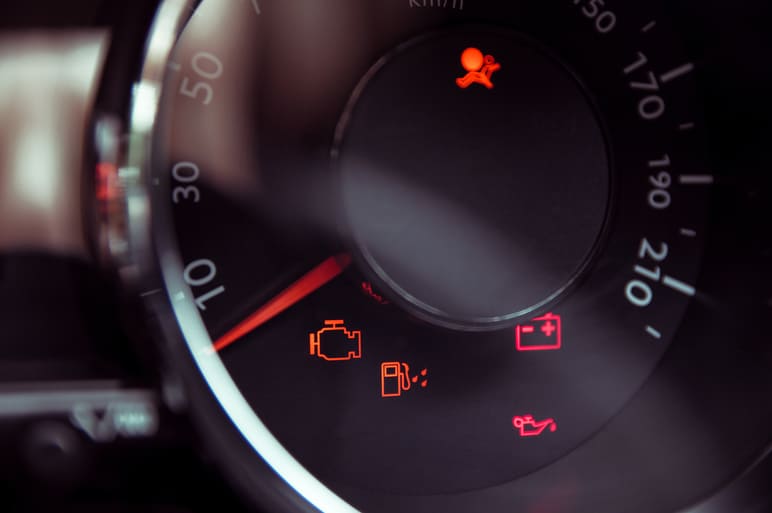
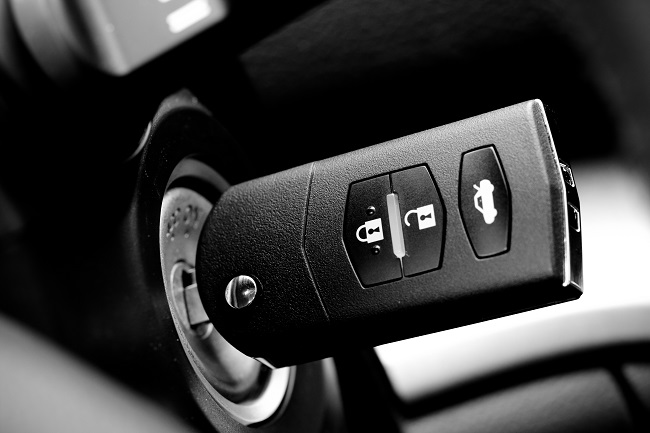
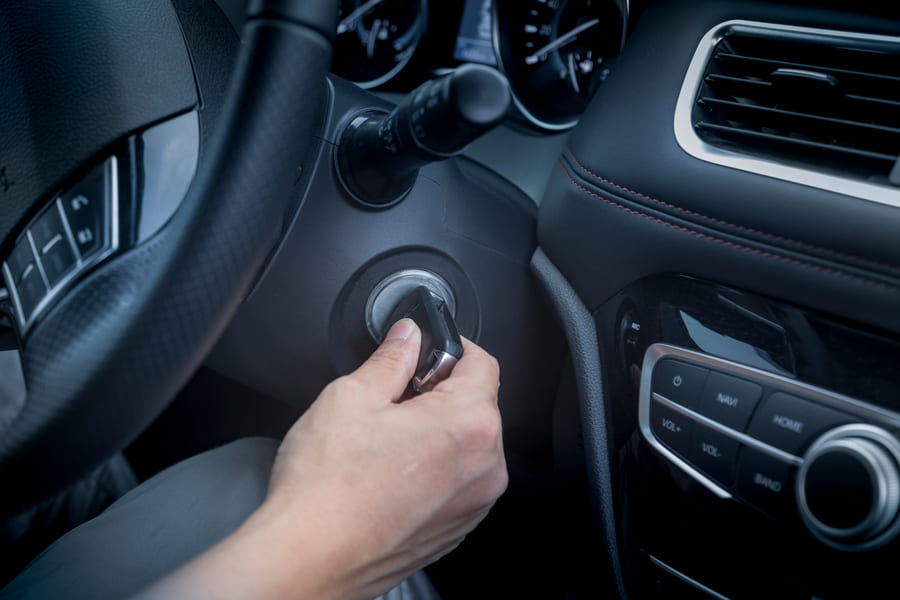

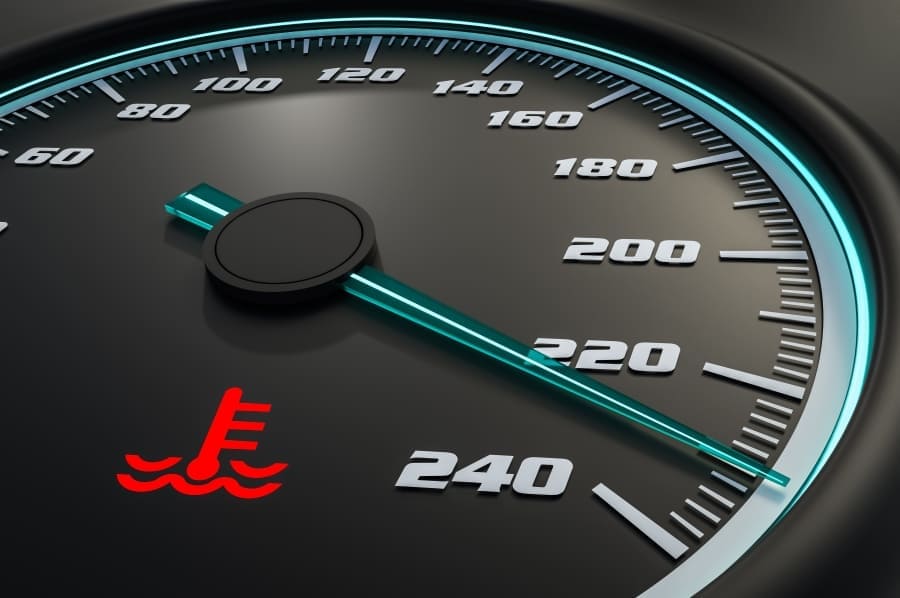
Comment